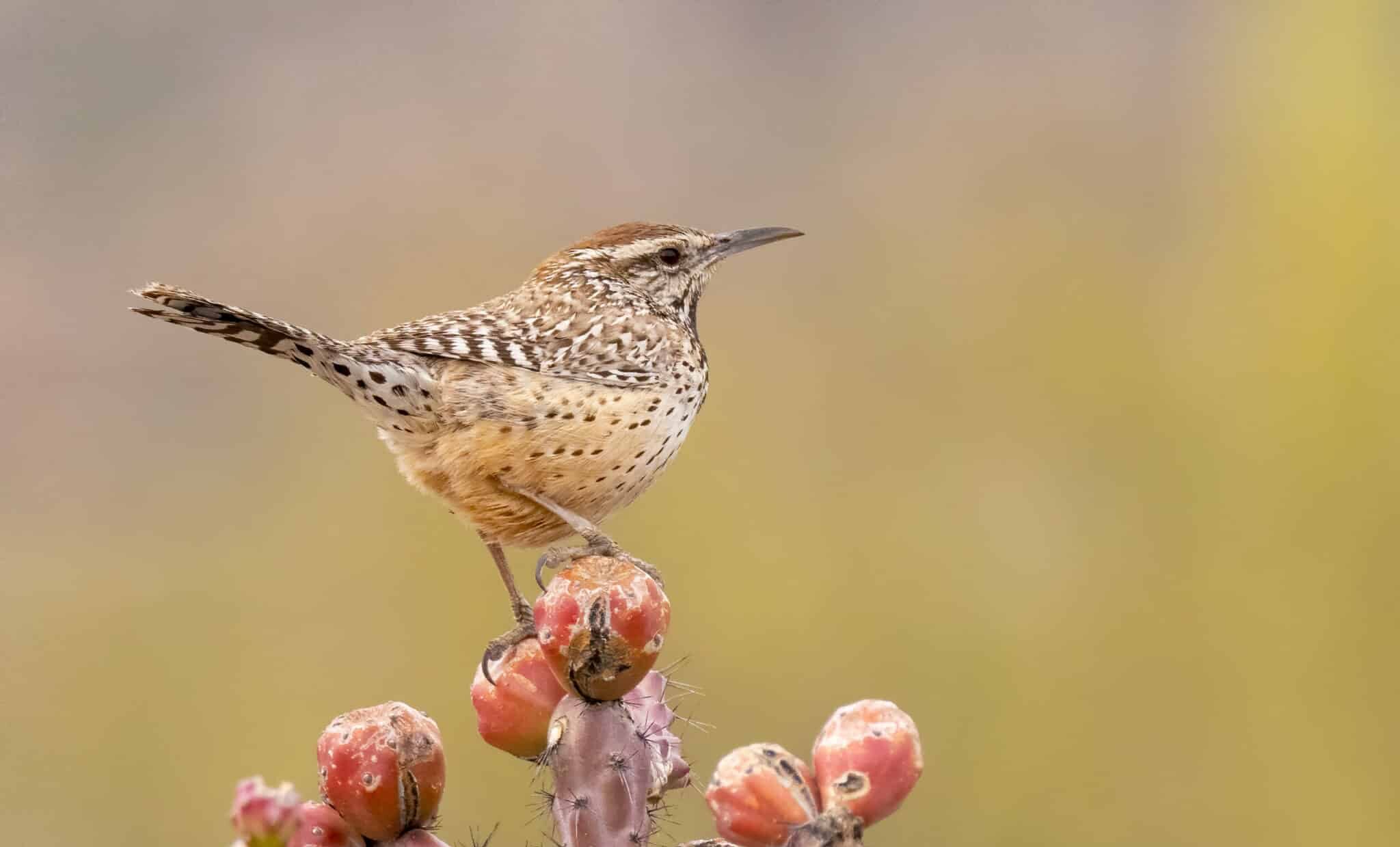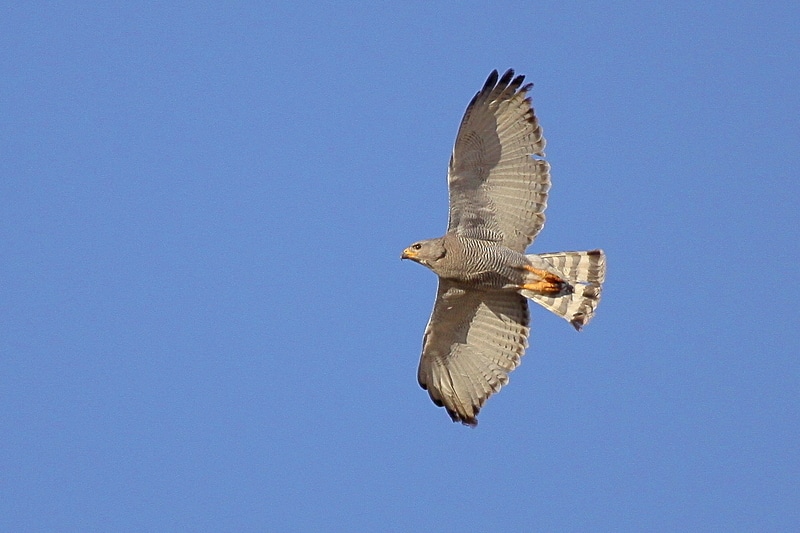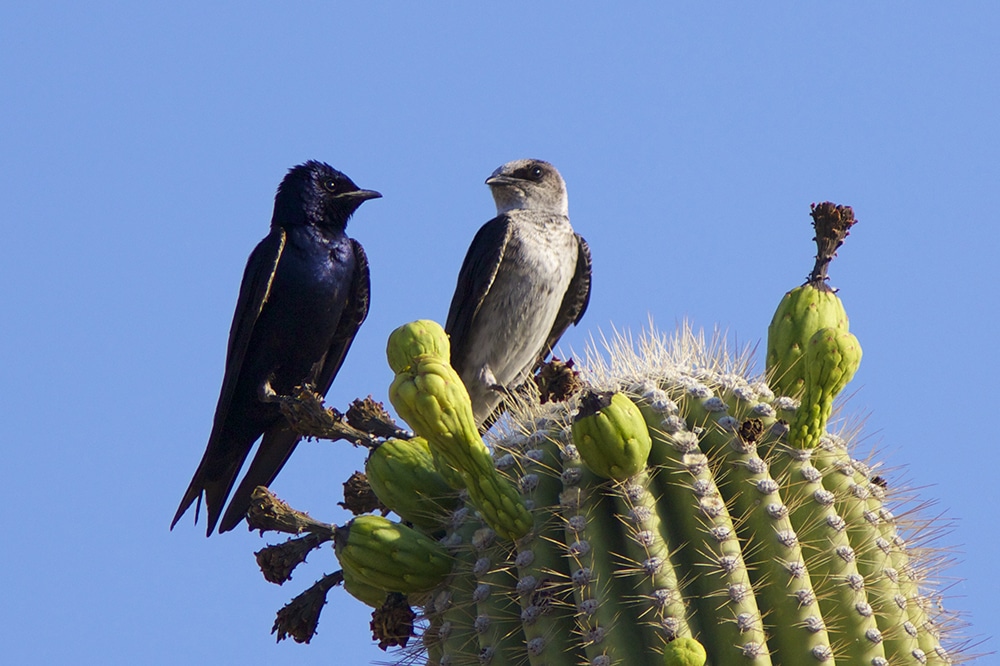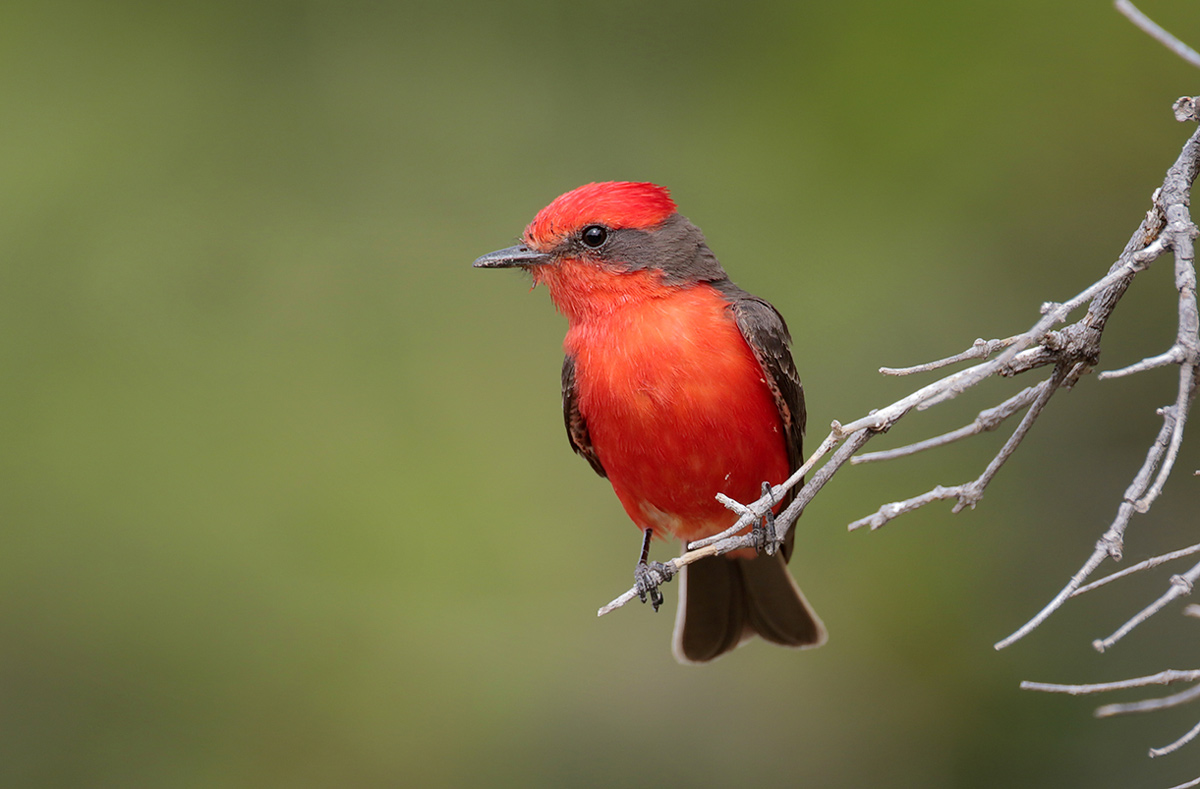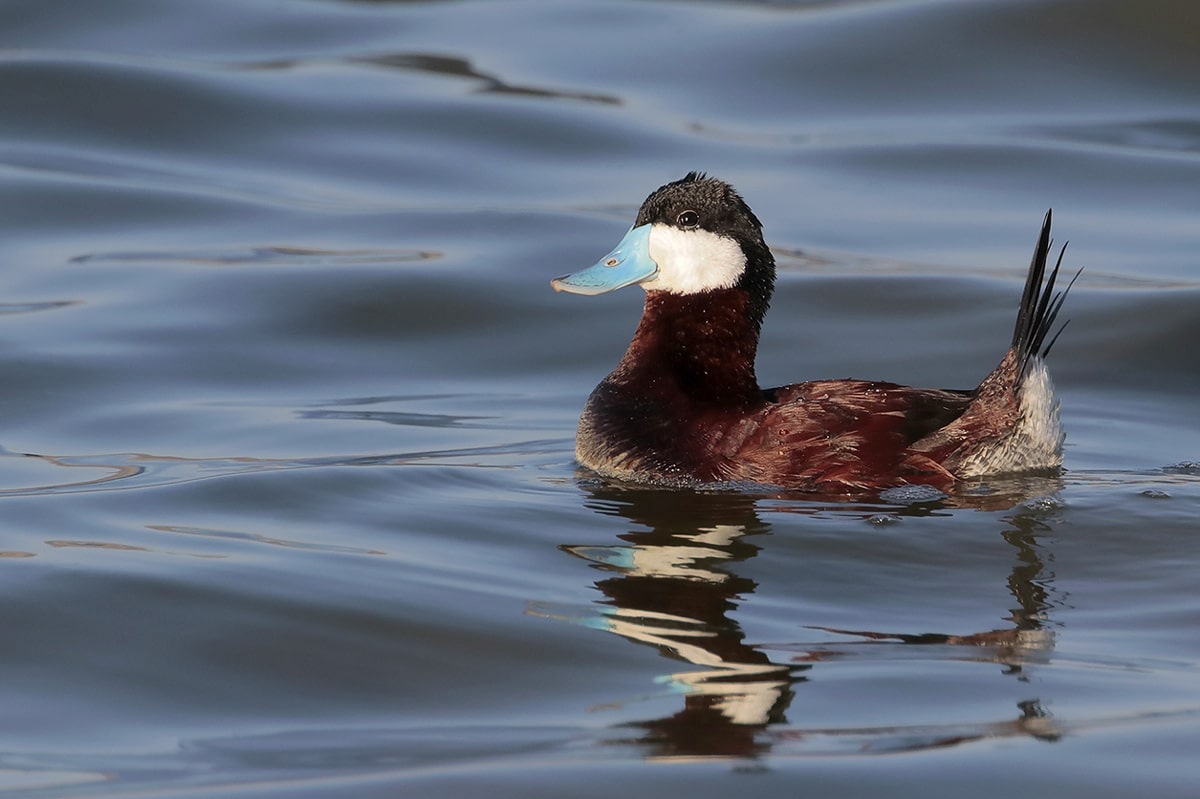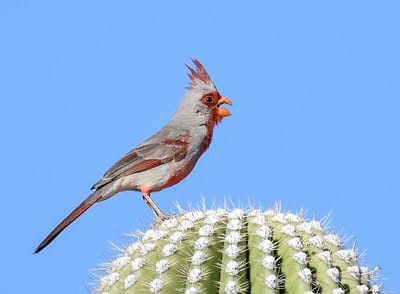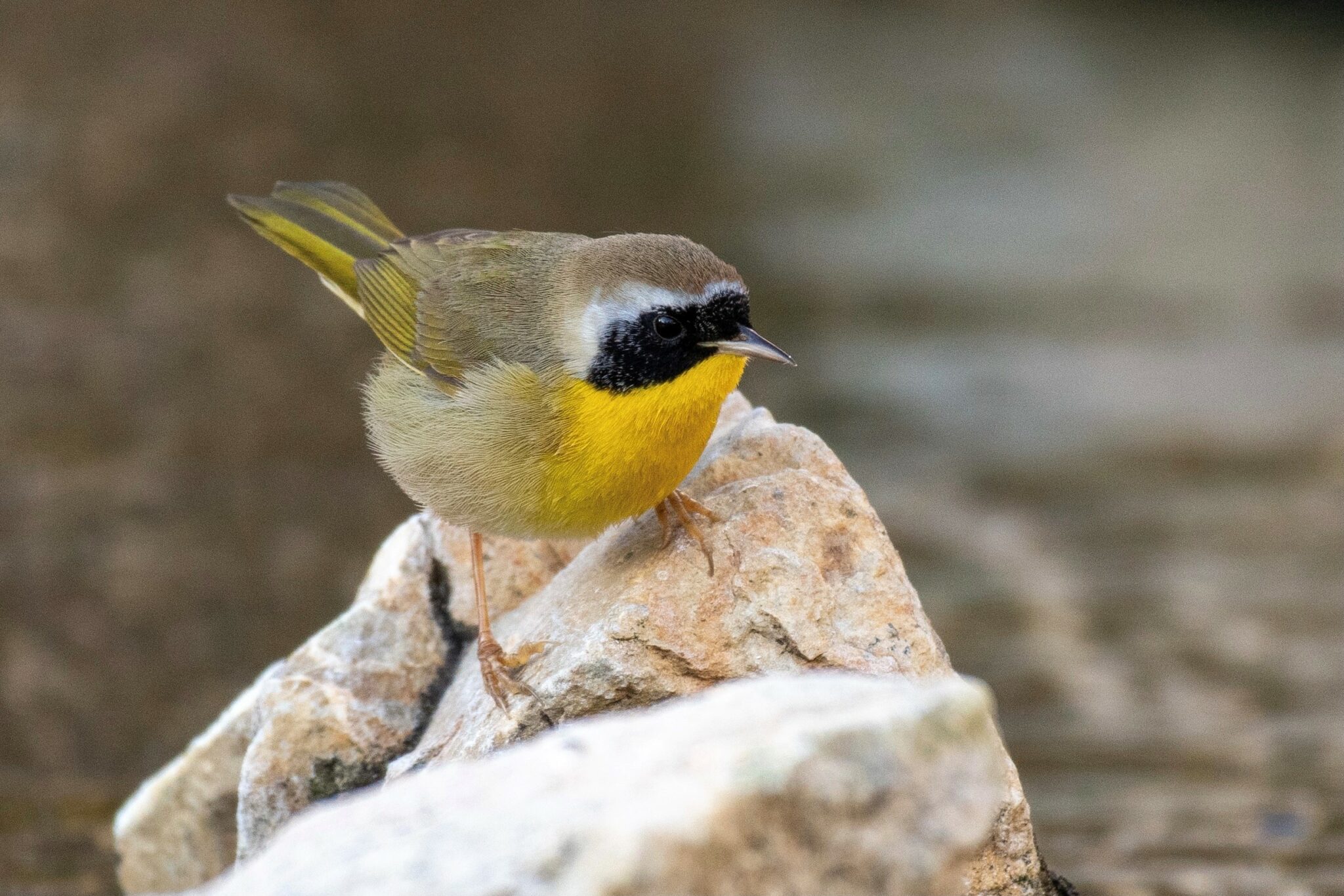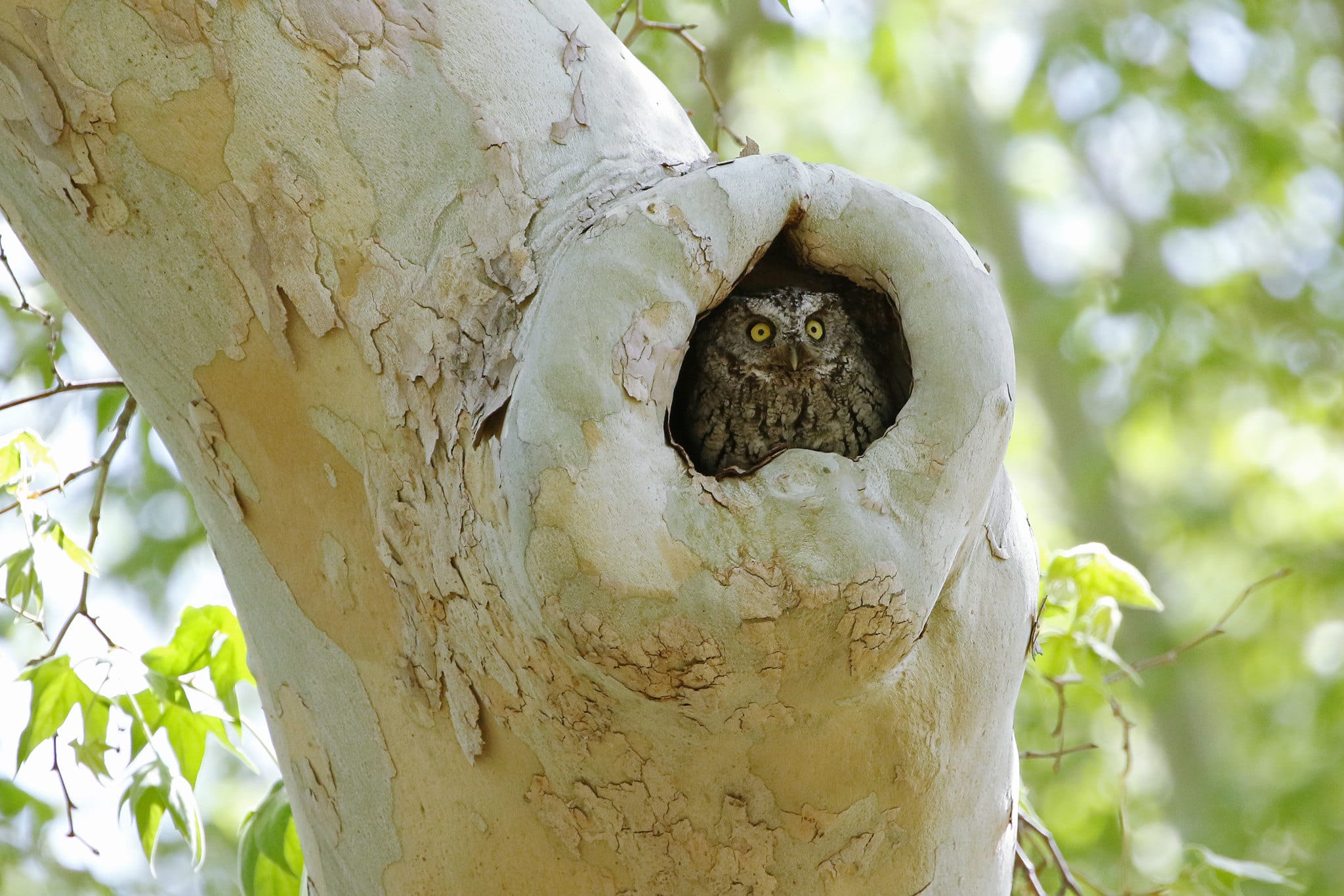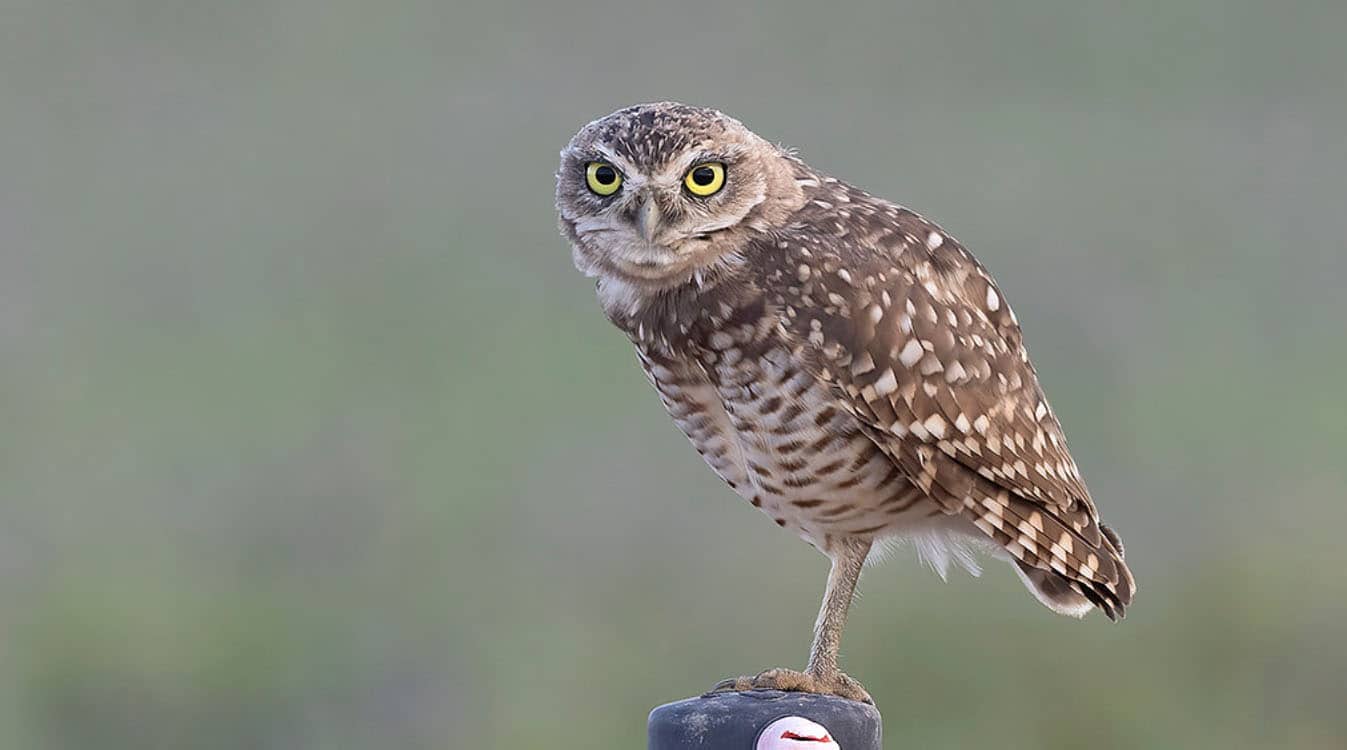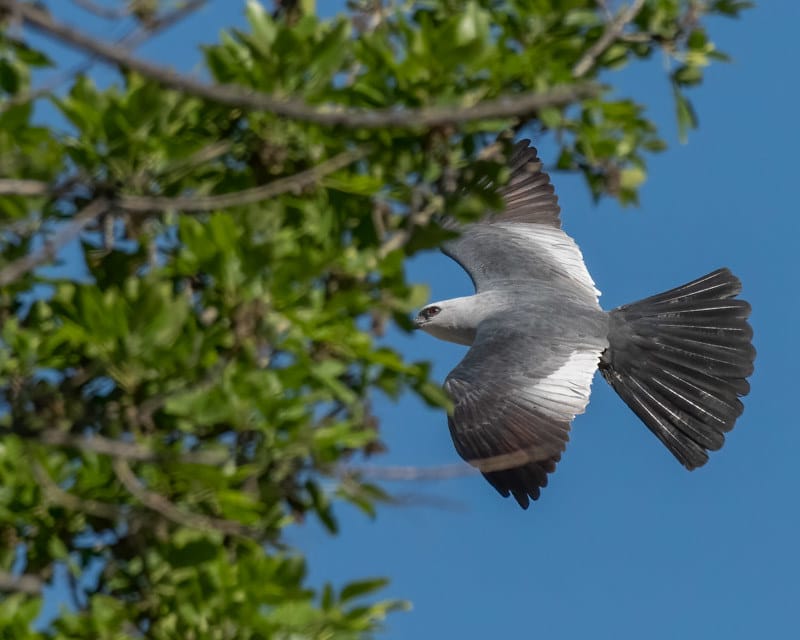Difficulty: Easy (A/C indoors at the U of A)
How do we birders know the things we think we know? Where do “field marks” come from? And what on earth do all those dead birds on their backs in wooden drawers have to do with our hobby as we practice it in the 21st century? Join Rick Wright for a two-hour workshop exploring the intimate connections between museum specimens and conservation, research, and, yes, recreational birding. We will discover how collections are formed and maintained, and learn about the sometimes surprising results when old specimens are brought to bear on new problems. After this introduction to the enduring value of natural history collections, Rick will discuss a number of the Southwest’s rarest and most challenging birds, illustrating his remarks with representative specimens from among the more than 18,000 held by the University of Arizona. Along with stories of collecting adventure, daring, and even foolishness, workshop participants will come away with new knowledge they can use in the field—and a new respect for the sources of that knowledge, sources that lie on their backs in wooden drawers. Drive time to the meeting location from the festival venue is about 10 minutes, specific meeting instructions will be emailed beforehand. Limited to 10 participants.
Cactus Wren by Mick Thompson

